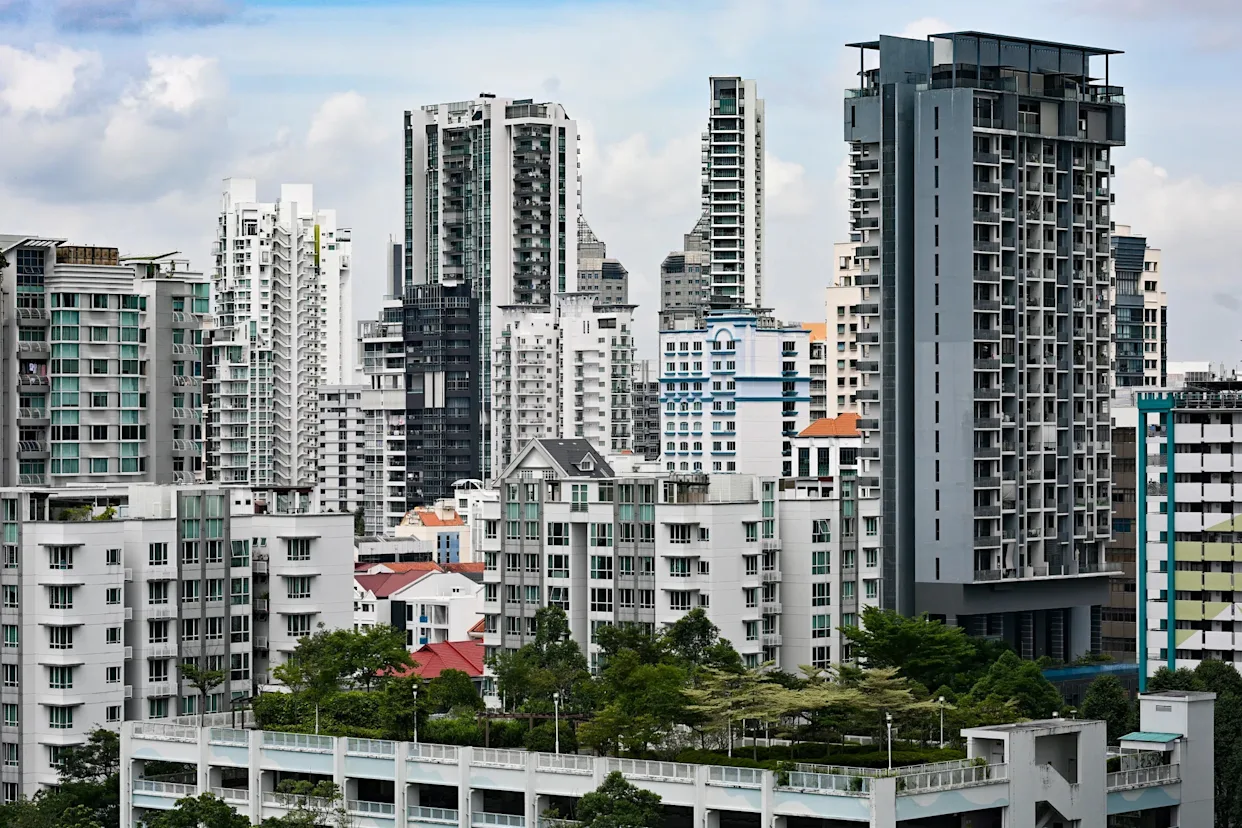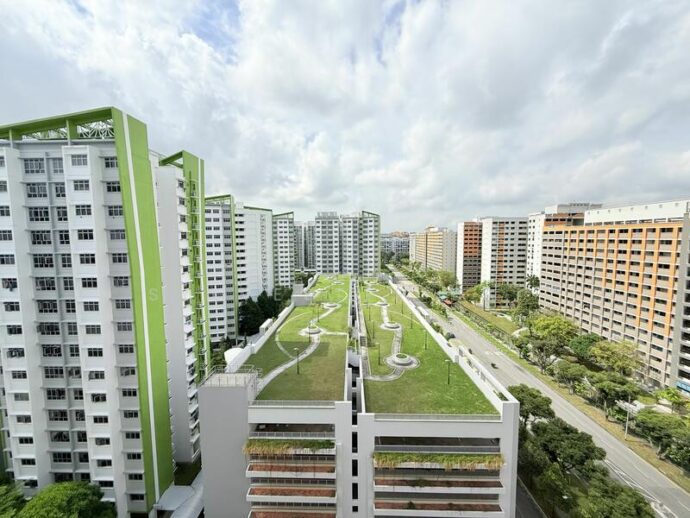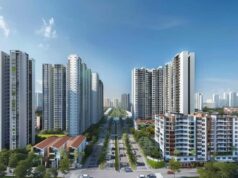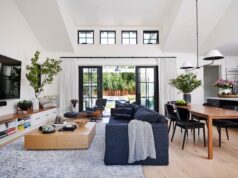Across Singapore, the hum of cranes and the rise of glass façades tell a clear story: condominiums are no longer the reserve of seasoned investors or affluent second-home seekers.
They’re being shaped by a younger, first-time demographic – people who value convenience, community, and modern design as much as financial prudence. The demand from new homebuyers, particularly those in their late 20s to early 40s, is reshaping how developers design, price, and position new residential projects.
The condominium landscape, once centered on exclusivity, has broadened into an ecosystem that balances accessibility with aspiration.
Developers have begun building smaller units, smarter layouts, and lifestyle-centric amenities to cater to the needs of Singapore’s emerging middle class, many of whom are entering the private housing market for the first time.
Why Condominiums Appeal to First-Time Buyers

1. Lifestyle and Convenience
New homebuyers in Singapore are drawn to condominiums for reasons that go far beyond location. They want integrated living.
Fitness centers, co-working spaces, rooftop decks, children’s play zones, and green courtyards have become expected rather than exceptional. Condos now serve as lifestyle hubs where work, recreation, and relaxation coexist seamlessly.
For instance, developments like those near the MRT interchange stations are particularly appealing because they reduce commute time while offering essential services nearby
It’s not uncommon for residents to have a supermarket, preschool, and a yoga studio within a few floors of their home.
Developments like Pinery Residences illustrate how urban convenience and tranquil surroundings can coexist within one thoughtfully planned community.
2. Smart Home Features and Efficient Design
The tech-savvy generation of first-time buyers expects digital control panels, app-based access, and energy-efficient systems as standard. Developers have responded with integrated smart lighting, keyless entry, and appliances that optimize electricity and water use.
Even compact one- and two-bedroom units are designed with functional zoning. Foldable walls, built-in storage, and convertible furniture help residents maximize every square meter without feeling constrained.
3. Lower Entry Points Compared to Landed Homes
While landed properties remain a symbol of status, the financial barrier is high. Condominiums, especially those under 99-year leasehold tenure, present an attainable option. They offer the appeal of ownership within a gated environment but with more manageable down payments and ongoing costs.
Younger buyers often view condos as a practical “starter” investment – one that can appreciate in value while providing personal use flexibility.
Emerging Locations for Condominium Growth

New homebuyer demand has widened the geographic footprint of condominium development. Areas that once felt peripheral are now in the spotlight, driven by MRT expansion, government decentralization plans, and lifestyle clustering.
District 19: Sengkang, Serangoon, and Hougang
The northeast corridor has become one of the fastest-growing residential zones, with projects designed for families and professionals who want suburban calm paired with urban amenities.
Nearby schools, healthcare facilities, and integrated retail nodes make it especially attractive for young parents.
District 23: Bukit Panjang and Hillview
These areas are appealing to nature-loving homeowners. Developments here often emphasize green design and proximity to parks and reservoirs.
The Lower Peirce and Bukit Timah Nature Reserves lend the neighborhoods a tranquil, retreat-like quality.
District 18: Tampines and Pasir Ris
Long considered mature estates, both areas are now seeing a renaissance in condo development.
Tampines remains a commercial hub with major malls and offices, while Pasir Ris offers beachside proximity and resort-inspired living. New homebuyers appreciate the combination of connectivity and leisure.
Developers’ Response to New Buyer Behavior
The condominium market’s evolution isn’t just about rising demand – it’s also about how developers have adapted to meet it.
Compact Luxury
Instead of sprawling penthouses, developers are emphasizing efficient luxury. Thoughtful architecture, layered textures, and premium finishes elevate smaller units.
Common facilities – like sky gardens, lounge pods, and wellness spas – create a sense of abundance even for residents of compact homes.
Family-Friendly Layouts
Three-bedroom units are being designed with multi-use spaces: study nooks that double as home offices, semi-open kitchens for family interaction, and balconies that act as outdoor extensions of the living room. The new buyer demographic values functionality over formality.
Emphasis on Community Spaces
Condos now often include spaces that foster neighborly interaction – gardens with communal seating, co-cooking areas, and event rooms for gatherings. Developers recognize that first-time homeowners often crave belonging as much as privacy.
Modern Residences Reflecting Buyer Sentiment

Projects like Narra Residences epitomize how contemporary developments are tuned to the pulse of new homebuyers.
With its focus on wellness-driven design, accessibility, and integrated smart living, it demonstrates how thoughtful architecture and modern functionality can meet today’s market demand.
Developments of this kind blend technology with tactile design, offering residents both convenience and calm in one space.
What New Buyers Look for in Condominiums
Below are recurring priorities among new homebuyers driving current growth patterns:
- Transport connectivity: Direct MRT access or walkable proximity to key lines
- School access: Reputable primary and secondary institutions within short travel distance
- Flexible unit design: Convertible layouts for evolving family or work needs
- Maintenance cost transparency: Reasonable monthly fees for facilities upkeep
- Security features: Gated entries, CCTV coverage, and 24-hour on-site management
- Investment resilience: Projects located near growth corridors or urban renewal areas
Buyers are not purely emotional or purely analytical – they’re pragmatic, seeking a combination of comfort and capital appreciation potential.
The Data Behind Rising Condominium Demand
Industry surveys indicate that a growing proportion of first-time homeowners now prefer condominiums to public housing, particularly in dual-income households where convenience and amenity access offset higher monthly costs.
The availability of financing tools, government grants for eligible buyers, and stable employment sectors have reinforced this confidence.
Developers report strong response rates during early launch phases, often with younger demographics forming a sizable share of bookings.
Digital marketing and virtual showflats have expanded access to overseas buyers as well, but the domestic audience remains the core driver of growth.
How Developers Are Managing Supply and Pricing

Even with robust demand, developers must tread carefully to balance affordability and profit. Land acquisition costs, construction materials, and sustainability compliance have all risen.
To maintain accessibility, they’re adjusting unit mixes, introducing more compact one-bedroom and dual-key options to attract first-time homeowners who prioritize entry price over size.
Launch strategies have also evolved. Staggered releases and progressive payment structures help sustain market interest while reducing upfront buyer pressure. In effect, the industry is reshaping itself to stay responsive to new buyer sentiment without inflating prices unsustainably.
Government and Market Alignment
Singapore’s regulatory structure remains a stabilizing backbone for the condominium market. By maintaining calibrated cooling measures, the government ensures sustainable growth.
The real estate ecosystem: developers, agents, banks, and regulators, has adapted around promoting genuine ownership rather than speculative churn.
This balance reassures new homebuyers that their investment is grounded in long-term stability, not short-term volatility.
Summary
The story of Singapore’s condominium growth is increasingly a story about its people, especially those buying their first homes. Developers are responding with homes that reflect how Singaporeans live now: connected, compact, smart, and community-driven.
New homebuyers are setting the tone for what modern living looks like in the city-state. As their preferences continue to shape development strategies, Singapore’s skyline will keep rising – not only in height, but in meaning.















